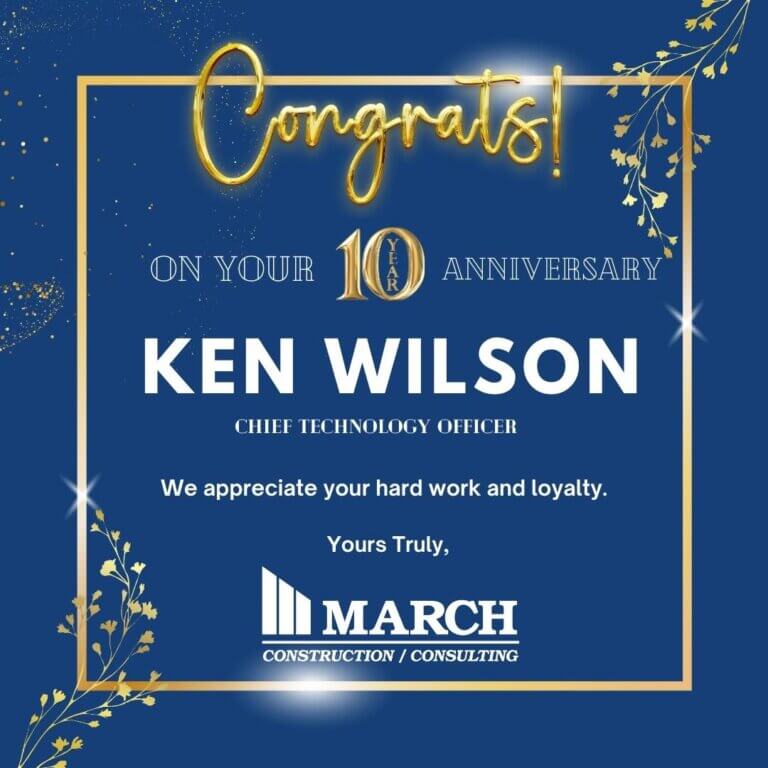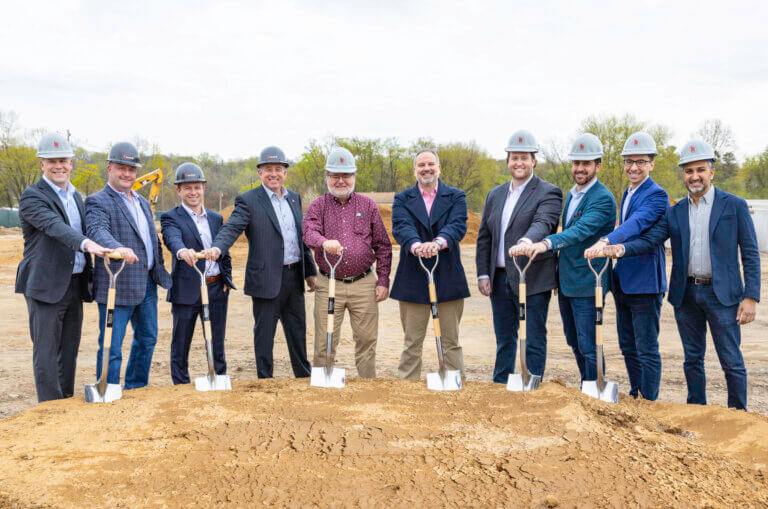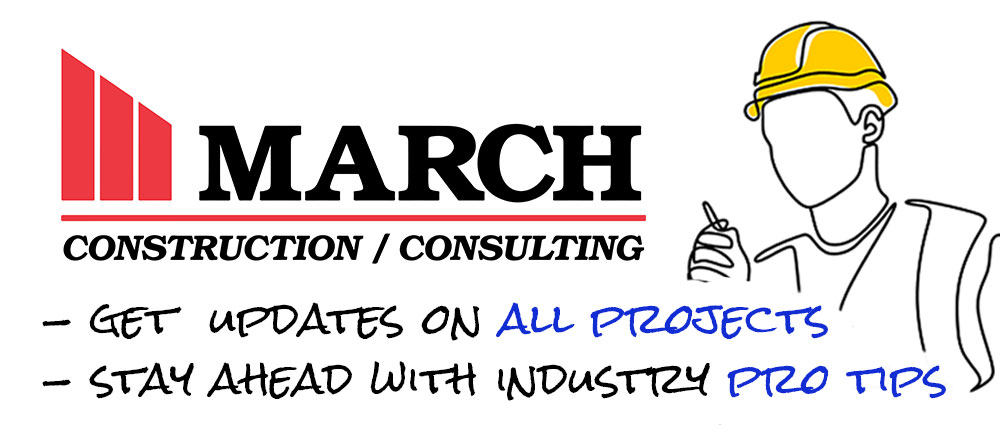
Project Managers are consumed with completing the project on time, staying under budget, keeping the client happy, and then starting our next project!
So, where does safety fit in? It starts at the top – owners, executives, project managers, and superintendents all need to participate. With just one weak link, it could bring down the safety culture.
Workplace accidents can be dramatically reduced with the correct attitude and recognizing common errors before they occur.
To be extra vigilant for safety concerns, here are four signs to look out for:
1. Complacency – A belief that the contractor or employee, with all their years of experience in the field, can never get hurt. Accidents can happen to anyone at any time, and we should always be cognizant of it. It is our job as Project Managers and Superintendents to notice the signs of employees or subcontractors lacking focus on their tasks. It is our duty to remind them to wear their Personal Protection Equipment.
2. Fatigue – Either from lack of sleep or heat stress. To help with fatigue, employees should not work for excessively long hours or overwork. When a contractor is behind schedule, employees sometimes work longer days, weekends, etc. to make up for lost time. Unfortunately, this won’t work if an employee gets hurt, which is why it is important to monitor any signs of fatigue and keep the project on-schedule.
3. Frustration – Everyone gets frustrated or upset at some point. Employees and managers need to be able to turn negatives into positives—at minimum, a workplace should have good communication, leadership, correct equipment, materials and training. Not all situations can be controlled or managed, but having the right employees who know how to handle emotions and stress are a value to any company.
4. Rushing – Contractors and employees often feel pressure to complete work as quickly as possible, to rush into the next task, or even try to get done early for the day. This can negatively impact the quality of their work and using shortcuts causes people not to follow the correct safety steps. Examples would be: not tying off, using the incorrect ladder for a project, or even the wrong tools or materials. Rushing tends to happen on Fridays, holiday weekends, or when a project is behind schedule. Everyone should know that working safely is the top priority, even if it takes longer to finish.
At March Construction, we take safety very seriously. This effort is led by our Safety Director, Frank Brady. All of our Project Managers are at least OSHA 10 and Superintendents are OSHA 30 certified. We also require our contractors and their employees to be OSHA 10 certified. March has safety training and seminars periodically, our safety director is on our projects weekly, and none of our contractors can start on a project until the superintendent has reviewed the safety procedures and protocols.
In closing, it is crucial for construction companies to invest in their safety plan. A company that focuses on safety not only saves money in the long run, but can also save lives. No one wins if an employee or contractor gets hurt. We all want to go home to our families at night, because that is one of the main reasons we work!
How do you handle safety concerns in your workplace? Join the conversation by leaving a comment below!
– By Project Manager Bill Serafin at March Construction





